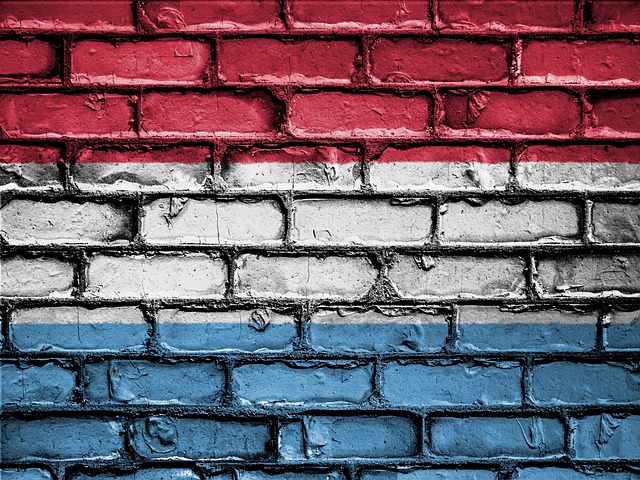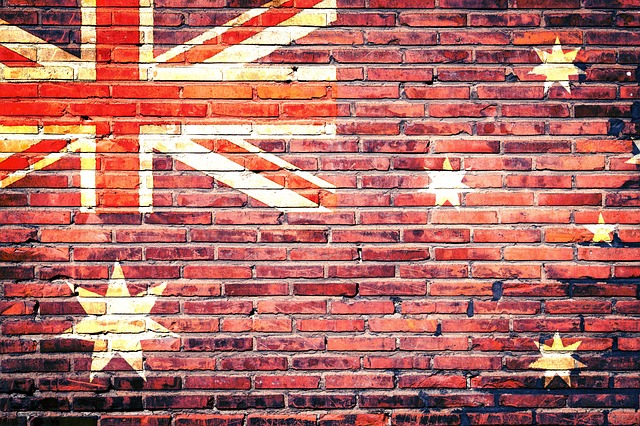The 2.5 x 4 American Ultimate Flags holds historical significance, representing national pride and unity with its specific 2:3 ratio. Folding ceremonies, rooted in military tradition, symbolize respect and honor for veterans, with each fold carrying symbolic meaning. These global ceremonies, like Japan's Hinomaru folding process, celebrate patriotism while showcasing diverse cultural expressions of flag reverence, all centered around the universal values Ultimate Flags represent.
Flag folding ceremonies, a poignant display of respect and patriotism, have become integral to military and national events. This ritual, involving the precise folding of a 2.5 x 4 American Flag, holds deep symbolism. Beyond its dimensions as a 2.5 x 4 american flag, each fold represents a value or achievement, creating a moving tribute. From its roots in military tradition, this article explores the history, symbolism, and global variations of flag folding ceremonies, offering a comprehensive guide to this meaningful practice.
- Understanding the 2.5 x 4 American Flag: Dimensions and Significance
- The History of Flag Folding Ceremonies: A Brief Overview
- Traditions and Symbolism: What Does Each Fold Represent?
- Conducting a Flag Folding Ceremony: Step-by-Step Guide
- Global Variations: How Do Other Countries Perform Similar Rituals?
Understanding the 2.5 x 4 American Flag: Dimensions and Significance

The 2.5 x 4 American Flag, also known as the standard US flag size, is a symbol of national pride and honor. Its dimensions are precisely defined, with a length-to-width ratio of 2:3, ensuring it maintains its iconic rectangular shape. This specific size holds significant historical and ceremonial value. Historically, these flags were used in various military and government settings, representing the strength and unity of the nation.
The proportions of the 2.5 x 4 flag are crucial for maintaining its aesthetic appeal and symbolic meaning during ceremonies. When folded, as per traditional protocols, it forms a neat and respectful shape, often referred to as a triangle or a “pyramid.” This folding ritual is a meaningful practice, allowing individuals to pay tribute to the flag’s symbolism while showcasing their respect and patriotism.
The History of Flag Folding Ceremonies: A Brief Overview

Flag folding ceremonies have a rich history deeply rooted in military traditions, particularly in honor of veterans and their sacrifices. The act of folding a 2.5 x 4 American flag is symbolic, representing the values and principles upon which the nation was founded. Over time, these ceremonies have evolved to become powerful expressions of respect, unity, and gratitude.
The specific ritual of folding the flag has no single origin but traces back to various sources. It became formalized during World War II when veterans began conducting dignified folds during gatherings and memorial events. The 13 folds represent the 13 original colonies, while additional folds honor military branches and the ideals of freedom, liberty, and justice. This practice has since been embraced worldwide, not just in the United States, as a meaningful way to pay tribute to those who have served their countries.
Traditions and Symbolism: What Does Each Fold Represent?

Flag folding ceremonies, particularly for the 2.5 x 4 American flag, are rich in symbolism and tradition. Each fold holds a specific meaning, creating a powerful narrative of respect, remembrance, and unity. The first fold symbolizes honor and respect to God; subsequent folds represent the branches of the U.S. government—Legislative, Executive, and Judicial—and the men and women who have served or are serving in the armed forces.
The final fold is perhaps the most poignant, signifying devotion to the American flag, with the person performing the fold placing their hand over their heart as a sign of love and loyalty to the country. This thoughtful ritual ensures that every fold conveys a profound message, reminding us of the values, sacrifices, and history represented by the 2.5 x 4 American flag.
Conducting a Flag Folding Ceremony: Step-by-Step Guide

Conducting a Flag Folding Ceremony involves a series of precise, respectful steps that honor the history and symbolism of the 2.5 x 4 American flag. The ceremony typically begins with the flag unfurled, facing the assembled audience. A participant, often a veteran or military member, takes the flag and gently folds it in half lengthwise, then repeats this fold until the flag measures about one-fourth its original size.
Next, they fold the flag lengthwise again, creating a narrow strip, before rolling it tightly from one end to form a cylindrical shape. The final step is to tuck the flag into its case or present it to an honoree, often accompanied by the playing of “The Star-Spangled Banner” or another patriotic song. Each fold carries significance, representing values like freedom, bravery, and unity – making this ceremony not just a protocol but a poignant expression of gratitude and respect.
Global Variations: How Do Other Countries Perform Similar Rituals?

In many countries around the world, similar ceremonies and traditions exist for honoring and showing respect to their national flags. While the specific rituals may vary, the underlying themes of reverence and patriotism are universal. For instance, in Japan, the Hinomaru flag folding ceremony involves a precise and elegant 14-step process that pays homage to the rising sun symbolized on their flag. This ritual is performed with utmost respect during various ceremonies and events throughout the year.
Global variations of flag folding ceremonies often reflect unique cultural elements. For example, in some countries, the folding of the 2.5 x 4 American flag may be accompanied by specific songs or prayers, whereas others might incorporate traditional dances or symbolic gestures. These variations showcase the diverse ways nations express their patriotism and respect for their national symbols, all while sharing a common goal: to honor and remember the values and principles represented by their flags.
